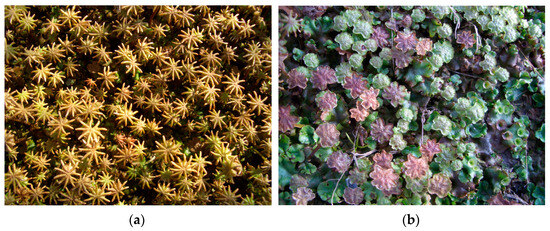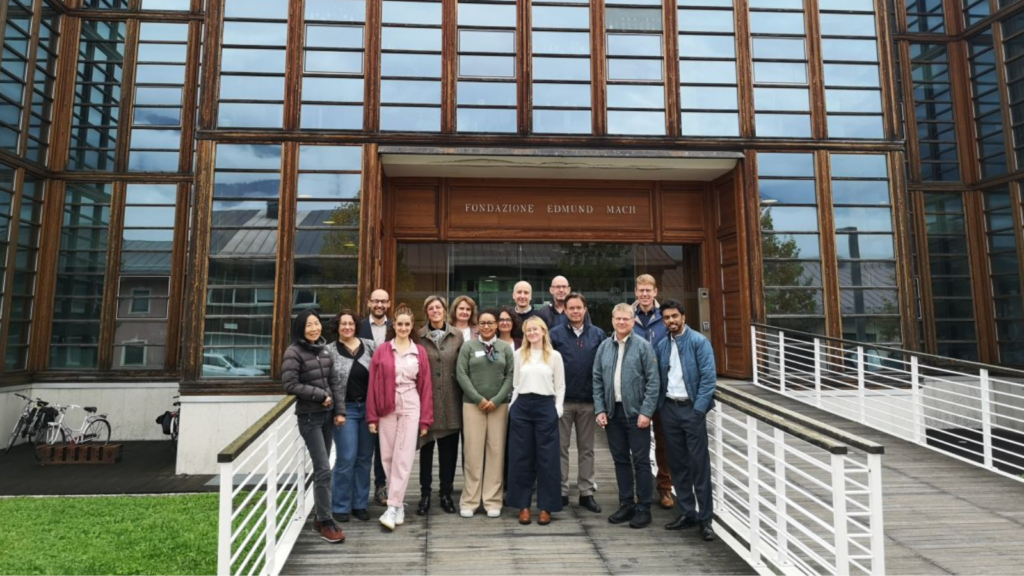Marchantia polymorpha as a Source of Biologically Active Compounds
A new publication titled Marchantia polymorpha as a Source of Biologically Active Compounds by Filip Nowaczyński, Rosario Nicoletti, Beata Zimowska, and Agnieszka Ludwiczuk explores the chemical composition and biological potential of the common liverwort Marchantia polymorpha. We’re proud to highlight that Agnieszka Ludwiczuk is a partner in our project, representing the Medical University of Lublin, a leading Polish institution renowned for its excellence in medical and pharmaceutical research.
This thallose liverwort, belonging to the Marchantiaceae family, has gained importance as a model plant due to its global distribution and easy and rapid in vitro culturing. The review highlights that the major compounds in this species are sesquiterpenoids and bisbibenzyls, including cuparenes, chamigranes, thujopsanes, and marchantin A. These compounds have demonstrated antifungal and antibacterial properties.

Figure 1. Marchantia polymorpha—umbrella liverwort: (a) female and (b) male plant. (Photos by Prof. Yoshinori Asakawa, Tokushima Bunri University, Japan).
The paper also notes that liverworts produce a wide array of biologically active secondary metabolites, many of which are stored in specialized oil bodies. Over 3000 compounds have been identified in liverworts over the last 40 years, many of which have not been found in any other plants, fungi, or marine organisms. These unique metabolites show antibacterial, antifungal, cytotoxic, insect repellant, enzyme inhibitory, and proapoptotic activities.
M. polymorpha is characterized by high morphological and chemical variability, with three subspecies distinguished: M. polymorpha subsp. polymorpha, subsp. montivagans, and subsp. ruderalis. Most studies refer to subsp. ruderalis, which colonizes man-made habitats and is easiest to collect. The review emphasizes that the chemical diversity of this liverwort depends on both its subspecies and geographical origin.


